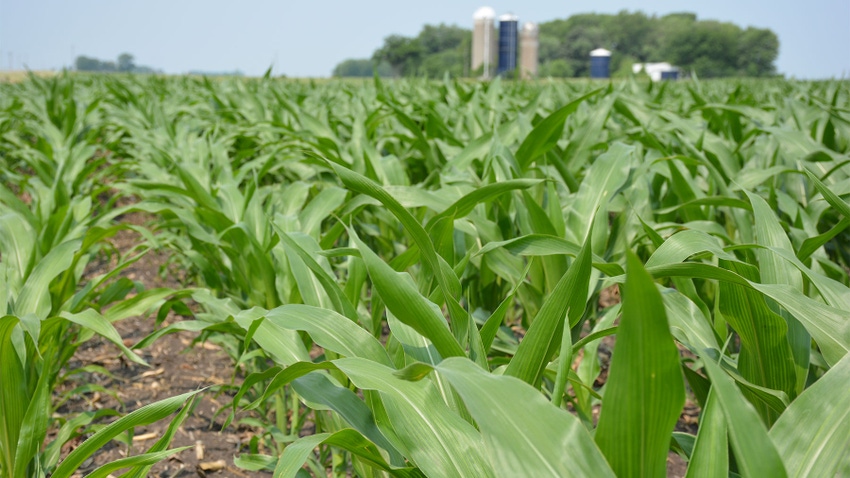December 15, 2023

Previously in this column, I mentioned the anti-farmer activist petition seeking increased regulation of farming practices, specifically in eight counties in southeast Minnesota’s karst region. The petition is packed full of misinformation about farmers who do not align with reality and interpret well testing data inappropriately to build their case.
The petition claims that “large-scale animal agriculture facilities and industrial row crop agriculture” are the major contributors to nitrate contamination in southeast Minnesota. Basically, they believe there are too many animals producing too much manure (especially liquid manure) and too much corn and soybeans grown in the area. They also allege that nitrogen applications in the area greatly exceed the amount necessary to grow crops.
Here are a few facts to keep in mind:
N rate. The average N rate applied to corn in southeast Minnesota was 143 pounds per acre in 2014. In 2015 the average N rate for corn on corn was 163 pounds per acre, while the average application rate for corn on soybeans was 135 pounds — all within the range of best management practices recommendations. These data are from the Minnesota Department of Agriculture.
Manure. MDA reports also show that manure is applied to only 20% of acres in southeast Minnesota, and that 80% of manure applied in southeast Minnesota is solid, bed-pack manure. Only 20% of the manure applied in the region is liquid.
Data. The petition uses a highly skewed analysis of data from an MDA program in an attempt to blame farmers for all nitrate problems in southeastern Minnesota.
The MDA Township Testing Program was launched as one piece of the Minnesota Nitrogen Fertilizer Management Plan, to collect data on nitrate levels in private wells. MDA distributed sample kits to private well owners in areas identified by the Department of Natural Resources as having “vulnerable” soils, basically those areas with more rapid infiltration rates due to coarse soils or karst formations, and more than 30% row crops.
Statewide, more than 32,000 well samples were submitted, with 9.1% exceeding the drinking water health standard of 10 milligrams per liter. Said another way, even in the townships where row crops and vulnerable soils intersect, more than 90% of private wells do meet the nitrate health standard.
Program’s purpose
The primary purpose of the program is to identify areas where nitrates in private wells may be due to the use of fertilizer and manure as crop nutrients. For this purpose, MDA further sampled and investigated more than 7,000 wells to determine whether the nitrate source could be something other than cropping practices.
Well construction type, location and maintenance are primary considerations. The Minnesota Department of Health reports that in a comprehensive study in Iowa, elevated nitrate levels were nearly 10 times more commonly found in hand-dug wells compared to drilled wells.
Another goal of the program is to identify all wells with elevated nitrate levels so that owners can take appropriate action.
In a previous column, I addressed how private well owners must bear the responsibility to treat water to ensure it is safe, unlike city residents who rely on their municipal water supplier. Periodic testing for manganese, arsenic, bacteria and nitrate is important, as all of these have been found at concerning levels in Minnesota.
As part of the Township Testing Program, MDA conducted follow-up investigations and removed wells from the dataset that were likely impacted by something other than fertilizer use, such as poor location, construction or maintenance.
More than 3,000 wells were removed from the dataset, leaving a total of nearly 29,000 wells, of which 4.7% exceeded the drinking water health standard.
The activist petition uses the initial data set, which includes wells influenced by factors other than fertilizer use or the final data, presenting a skewed picture of nitrate sources.
In southeast Minnesota, 4.4% of wells exceeded the drinking water standard. Within the eight-county region, townships with higher percentages of wells exceeding the drinking water standard had lower percentages of row crops.
If you would like to look at the TTP data in more detail, just google “MDA township testing.” A report is available for each county where testing was conducted.
Formo is executive director of the Minnesota Agricultural Water Resource Center.
Read more about:
NitratesAbout the Author(s)
You May Also Like






